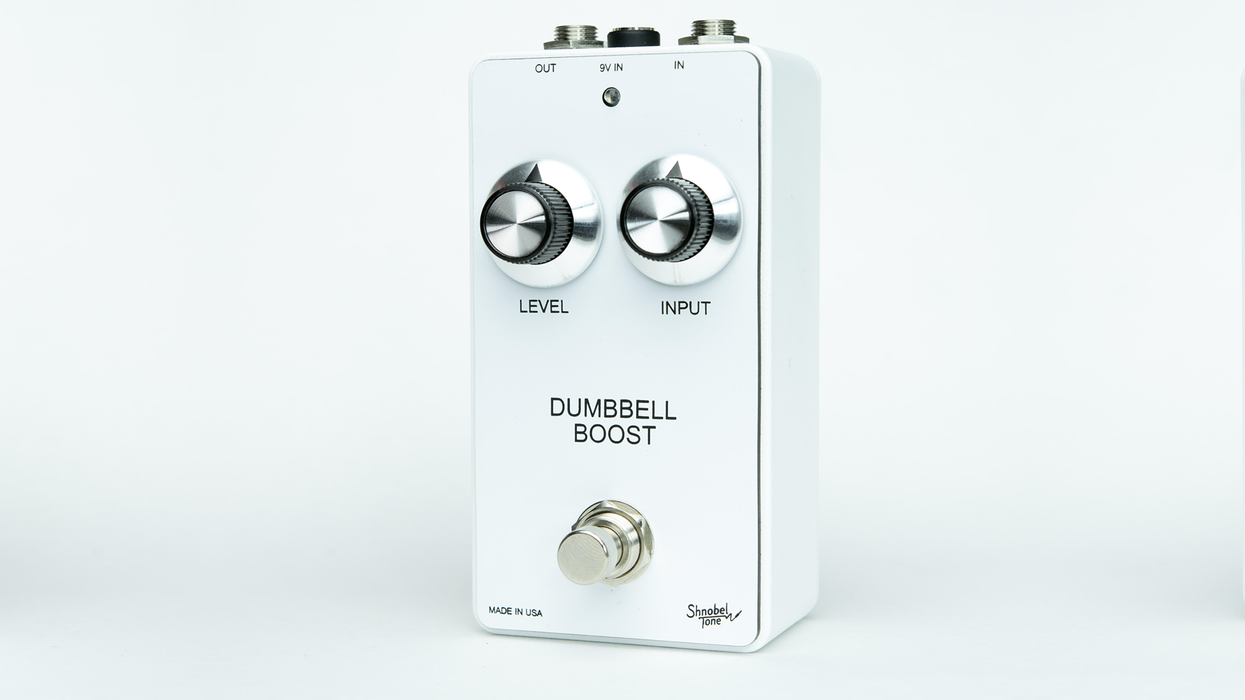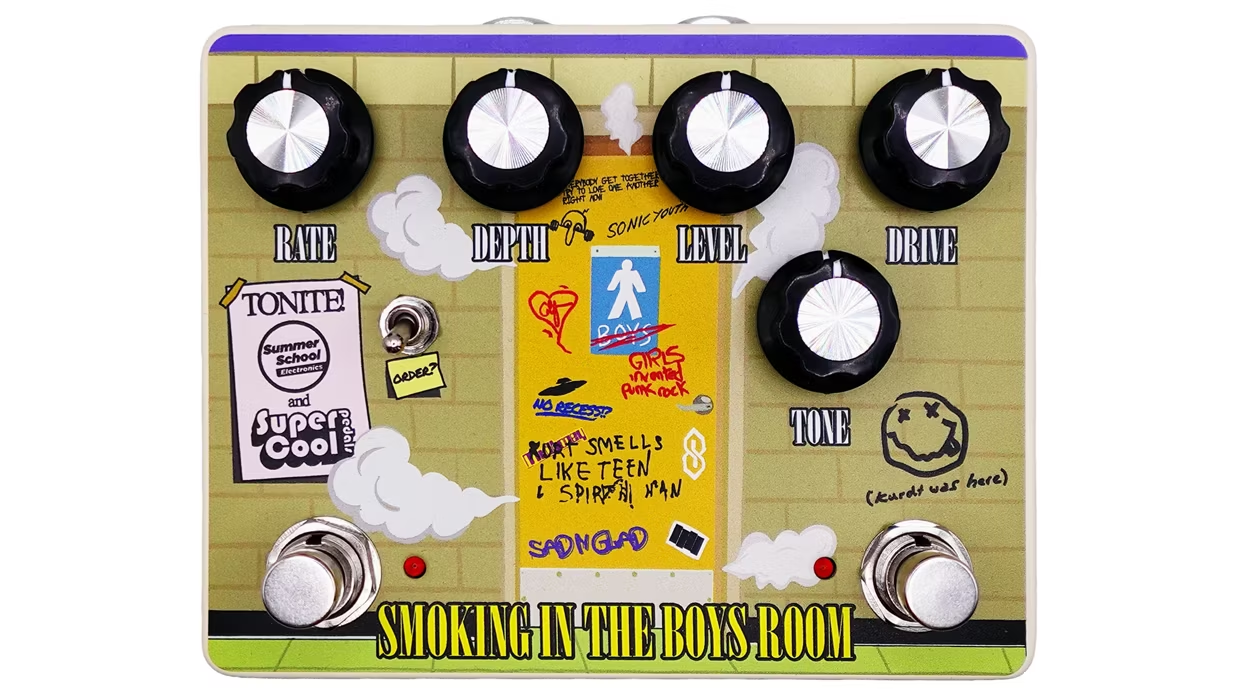Mood Swings is set to be released on April 5 via American/Republic Records. In support of this new album, King also announced his 2024 headlining tour across North America and Europe produced by Live Nation and FPC Live!, in addition to dates supporting Chris Stapleton. More information available on https://www.marcuskingofficial.com/.
Combining elements of modern pop, R&B, aughts hip hop, piano driven classic rock and the warm production and symphonic instrumentation of classic era soul, R&B and jazz. Previously released song “F*ck My Life Up Again” is a considerable departure stadium sized rock, with strings that accent over a smoky jazz beat, while his soulful delivery booms, “Come f*ck my life up again, don’t deserve to live without pain.” A guitar solo “played backwards” channels stark confusion offset by the unshakable hook. On “Hero,” his croon rises over acoustic guitar towards a fluttering crescendo. The same naked emotion defines “Delilah” where over piano led pop rock and innovative tracks such as “Inglewood Motel (Halestorm)” are an alt R&B masterpiece. The album closes with “Cadillac,” steeped in psychedelic symphonic soul it is an arresting tale of dark desires and suicidal ideation.
Marcus King - Mood Swings (The Album Trailer)
Tracklist
- Mood Swings
- F*ck My Life Up Again
- Soul It Screams
- Save Me
- Hero
- Delilah
- Inglewood Motel (Halestorm)
- This Far Gone
- Bipolar Love
- Me Or Tennessee
- Cadillac
Legendary producer Rick Rubin who has worked with everyone from Adele to Johnny Cash, was instantly drawn to King’s guitar playing, singular voice and songwriting, and after witnessing a King live performance, one day randomly cold-called him to float the idea of working together.
Rick Rubin stated, “I love the way listening to this album makes me feel. I can’t think of another project quite like this one. Marcus’s playing and singing are from another planet.”
The pair secretly holed up for sessions in Italy and Malibu during the promotion of King’s critically acclaimed album, Young Blood. The result is King’s most sonically astute and personal album to date and a landmark moment for Marcus who for the first time lets his voice take center stage. “There was no hiding behind the guitar at all,” he grins. His smoldering country soul vocal, part Al Green, Bobby Womack, Marvin Gaye, Adele and Chris Stapleton, is set to establish him as one of the greatest vocalists of our time, no longer in the shadow of his own guitar greatness.
Marcus King didn’t plan on making his new album Mood Swings.
He didn’t even plan on living much longer before he started working on it. Heartache, addiction, and mental health brought him to the brink and during a North American tour, Marcus had designs to drink himself to death. He admits, “I had an escape route already decided for myself and a backup if that didn’t work.”
Around the same time, King went into Dan Auerbach studio and despite his mental health, drinking and substance abuse reaching untenable limits, he was able to create the critically acclaimed album Young Blood. There is consequently an ocean of depth to King’s lyrics. Mood Swings once again takes us back to that dark period of King’s life where he was on the brink, firmly believing that he was destined to die young, most likely at his own hand. Despite its often bleak subject matter, Mood Swings is an album with a message of hope. Rubin helped King find a new personal and sonic approach and instead of crumbling under the weight of his anxiety, Rubin inspired him to shift his perspective. “He helped me view mental health as a writing partner in a way,” recalls Marcus. “I’ve learned it can give me that creative spark.”
2024 World Tour Dates
March 7, 2024 - Love Rocks NYC - New York, NY
March 9, 2024 - The Capitol Theatre - Port Chester, NY
April 6, 2024 – U.S. Bank Stadium - Minneapolis, MN w/ Chris Stapleton
April 13, 2024 – 10 Annual Major Rager - Augusta, GA
April 19, 2024 - Moon Crush “Pink Moon” Festival - Miramar Beach, FL
May 06, 2024 - The Moore Theater - Seattle, WA
May 07, 2024 - Crystal Ballroom - Portland, OR
May 08, 2024 - Crystal Ballroom - Portland, OR
May 10, 2024 - The Masonic - San Francisco, CA
May 11, 2024 - Grand Sierra Ballroom - Reno, NV
May 14, 2024 - The Wiltern - Los Angeles, CA
May 15, 2024 - The Van Buren - Phoenix, AZ
May 17, 2024 - The Complex - Salt Lake City, UT
May 18, 2024 - Fillmore Auditorium - Denver, CO
May 22, 2024 - The Monument - Rapid City, SD w/ Chris Stapleton
May 24, 2024 - Denny Sanford PREMIER Center - Sioux Falls, SD w/ Chris Stapleton
May 25, 2024 - Harrah’s Stir Cove - Council Bluffs, IA
May 26, 2024 - EPIC Event Center - Green Bay, WI*
May 29, 2024 - The Pageant - St Louis, MO
May 30, 2024 - GLC Live at 20 Monroe - Grand Rapids, MI
May 31, 2024 - Blossom Music Center - Cleveland OH w/ Chris Stapleton
June 01, 2024 - Railbird Festival - Lexington, KY
June 02, 2024 - Salt Shed - Chicago, IL
June 04, 2024 - College Street Music Hall - New Haven, CT*
June 06, 2024 - Freedom Mortgage Pavilion - Philadelphia, PA w/ Chris Stapleton
June 07, 2024 - Jiffy Lube Live - Bristow, VA w/ Chris Stapleton
June 08, 2024 - Landmark Theatre - Syracuse, NY
June 10, 2024 - Ruby Amphitheater - Morgantown, WV*
June 12, 2024 - T-Mobile Center - Kansas City, MO w/ Chris Stapleton
June 13, 2024 - Thunder Ridge Nature Arena - Ridgefield, MO w/ Chris Stapleton
June 14, 2024 - The Criterion - Oklahoma City, OK
June 15, 2024 - Globe Life Field - Arlington, TX w/ Chris Stapleton
July 11, 2024 - Darien Lake Amphitheater - Darien Center, NY w/ Chris Stapleton
July 12, 2024 - The Pavilion at Star Lake - Pittsburgh, PA w/ Chris Stapleton
July 13, 2024 - Palace Theatre - Albany, NY
July 16, 2024 - Egyptian Room - Indianapolis, IN
July 18, 2024 - Huntington Center - Toledo, OH w/ Chris Stapleton
July 19, 2024 - Schottenstein Center - Columbus, OH w/ Chris Stapleton
July 20, 2024 - The Fillmore Detroit - Detroit, MI
September 04, 2024 - Orpheum - Vancouver, BC
September 06, 2024 - Grey Eagle Event Center - Calgary, AB
September 07, 2024 - Midway Music Hall - Edmonton, AB
September 09, 2024 - Burton Cummings Theatre - Winnipeg, MB
September 13, 2024 - Massey Hall - Toronto, ON
September 14, 2024 - London Music Hall - London, ON
September 17, 2024 - Kemba Live! - Columbus, OH
September 19, 2024 - Warner Theatre - Washington, D.C.
September 20, 2024 - Warner Theatre - Washington, D.C.
September 21, 2024 - The Ritz - Raleigh, NC
September 24, 2024 - Avondale Brewing - Birmingham, AL
September 26, 2024 - Riverside Theater - Milwaukee, WI
September 28, 2024 - The Sylvee, Madison, WI
September 29, 2024 - Vibrant Music Hall - Des Moines, IA
October 07, 2024 - Roxian Theatre - Pittsburgh, PA
October 09, 2024 - State Theatre - Portland, ME
October 11, 2024 - House of Blues Boston - Boston, MA
October 12, 2024 - The Fillmore - Philadelphia, PA
October 13, 2024 - Brooklyn Paramount – Brooklyn, NY
October 17, 2024 - La Riviera - Madrid, Spain
October 18, 2024 - Sala Apolo - Barcelona, Spain
October 20, 2024 - Fabrique Milano - Milan, Italy
October 21, 2024 - Komplex 457 - Zurich, Switzerland
October 23, 2024 – Le Transbordeur – Lyon, France
October 25, 2024 - Essigfabrik - Cologne, Germany
October 27, 2024 - Markthalle - Hamburg, Germany
October 28, 2024 - De Roma - Antwerp, Belgium
October 29, 2024 - AFAS Live - Amsterdam, Netherlands
October 31, 2024 - Metropol - Berlin, Germany
November 01, 2024 – The Grey Hall - Copenhagen, Denmark
November 03, 2024 - Bataclan - Paris, France
November 05, 2024 - Eventim Apollo - London, UK
November 06, 2024 - Albert Hall - Manchester, UK
November 07, 2024 - Barrowland Ballroom - Glasgow, UK
November 09, 2024 - O2 Institute - Birmingham, UK
November 10, 2024 - The Great Hall - Cardiff, UK
November 12, 2024 - Olympia - Dublin, Ireland
*No Citi Presale


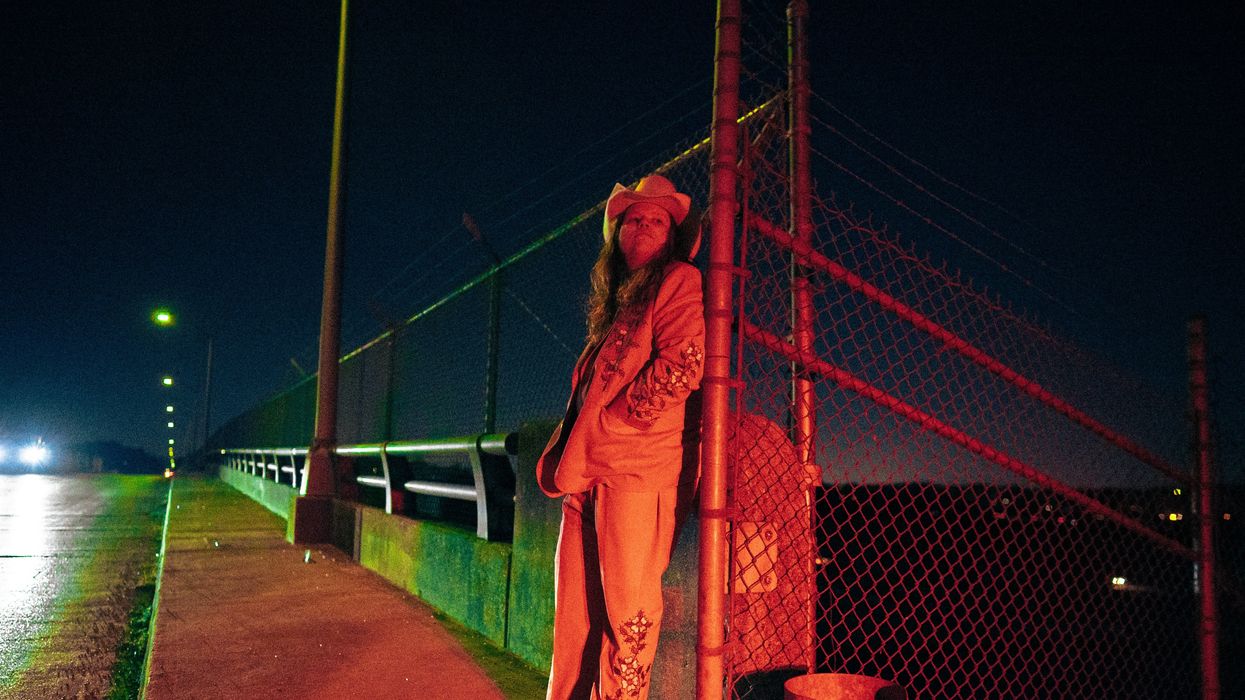
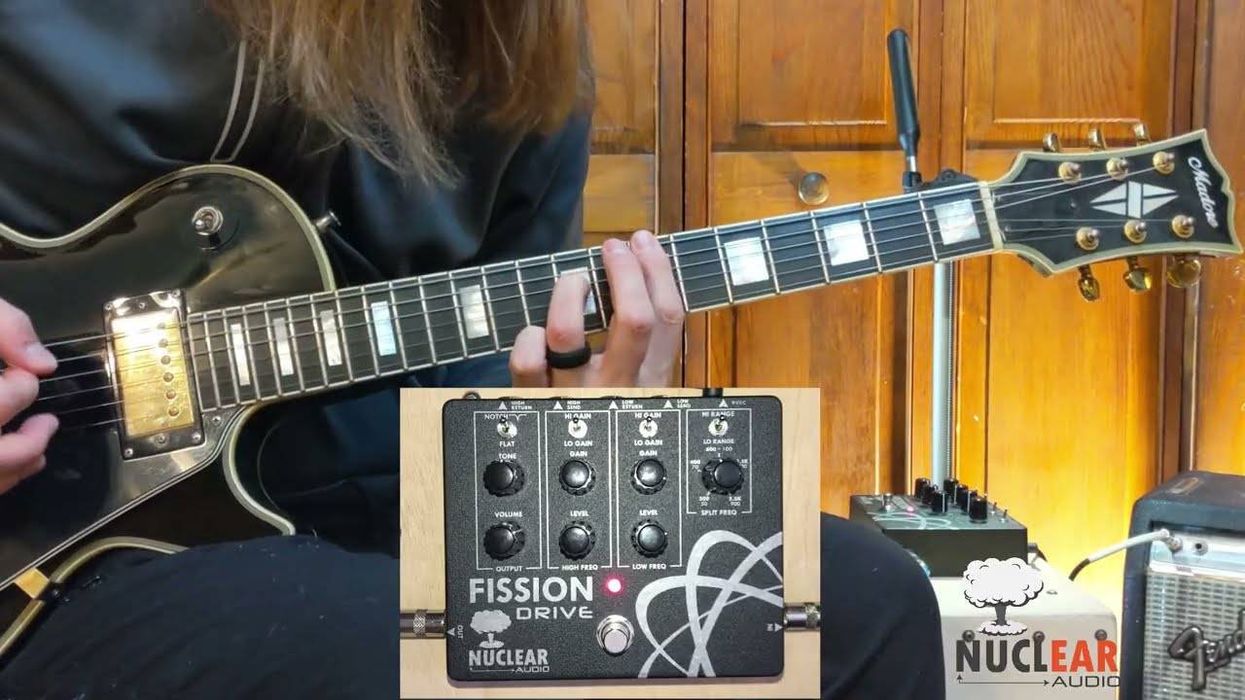
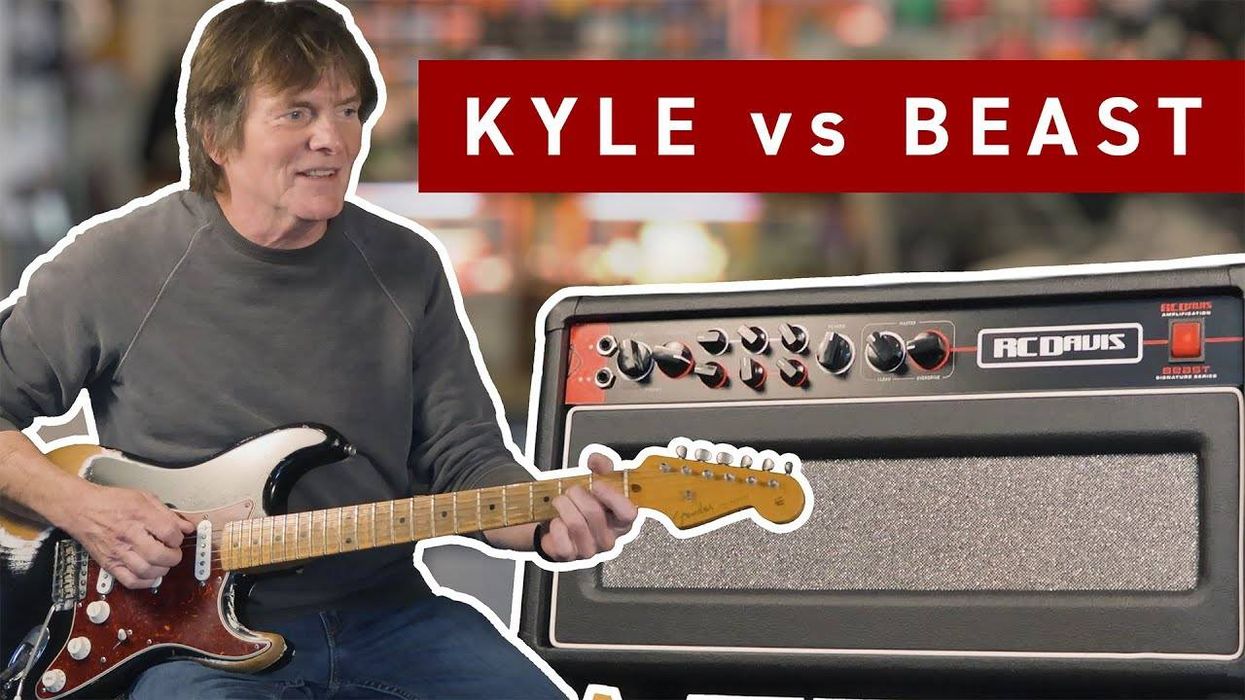




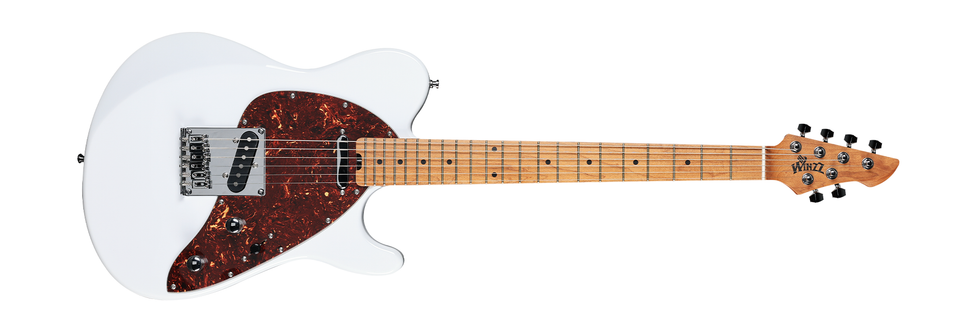



![Rig Rundown: Russian Circles’ Mike Sullivan [2025]](https://www.premierguitar.com/media-library/youtube.jpg?id=62303631&width=1245&height=700&quality=70&coordinates=0%2C0%2C0%2C0)


